#cultural adaptation
Text
More than 5 results for cultural
Cultural Adaptation
Cultural Osmosis
Cultural Appreciation
Multiculturalism
https://rhianna.tumblr.com/search/cultural
3 notes
·
View notes
Text
Learning to Lead: The Most Unique Tour Leader Training
Learning to Lead Tour Leader Training
Although I secured my job in the tourism industry I was feeling more insecure than ever. The orange hot mocha I sipped did little to calm my nerves. Thankfully this tour was a live training and observation journey, so I wouldn’t be in charge. When I arrived at the hotel I was relived to discover the first day of the tour was for greetings. We would make sure…
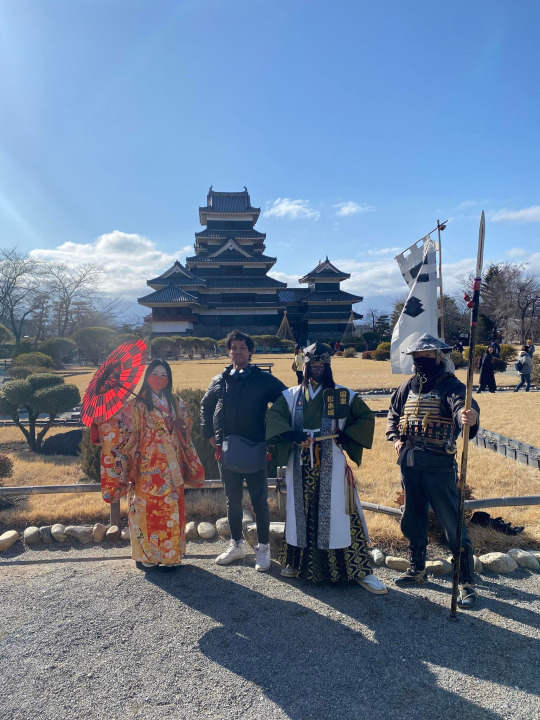
View On WordPress
#adventure travel#Blog#cross-cultural experiences#Cultural Adaptation#cultural observations#emotional resilience#existential reflections#expat in Japan#Expatriate Life#historical landmarks#introspection#Japan#japan blog#Japan travel#Japanese Culture#Japanese history#Japanese traditions#laidback#laidbacklife#laidbacklifestyle#life abroad#life transitions#living overseas#Mindfulness#my laidback life#Personal Growth#personal narratives#professional development#tour leading#tourism industry
1 note
·
View note
Text
Adapting Traditional Styles in Modern Dress Designing: A Fusion of Cultures

Introduction:
Fashion today isn't just about following trends; it's about embracing diversity and celebrating heritage. The fusion of traditional styles with modern dress design has become a hallmark of the industry, reflecting our multicultural society. For those interested in a career in fashion designing, understanding this fusion is key. Let's explore how cultural adaptation shapes modern dress designing:
Modern Dress Designing: It's about more than just making clothes; it's about creating pieces that resonate with contemporary lifestyles. Designers must blend innovation with the latest trends to stay relevant.
Cultural Adaptation: This involves integrating elements from various cultures into clothing design. Whether it's motifs, fabrics, or garment styles, cultural adaptation adds depth and uniqueness to fashion.
Celebrating Diversity: Fashion is a platform to celebrate diversity and promote inclusivity. By embracing cultural fusion, designers honour different traditions while appealing to a broader audience.
Trends in Modern Dress Designing: From incorporating traditional textiles like silk and batik to drawing inspiration from garment silhouettes like kimono sleeves, designers are continually innovating.
Digital Marketing Opportunities: Understanding cultural adaptation opens doors for digital marketers. You can create content that explores cultural influences in fashion or showcases designers' reinterpretations of traditional styles.
Courses and Training Centres: Enrol in courses tailored to fashion marketing and digital skills. Look for institutes covering topics like social media management for fashion brands and cultural studies in fashion.
Career Prospects: With the rise of e-commerce and social media, there's a growing demand for digital marketers in fashion. Specialize in areas like fashion branding or influencer marketing for a rewarding career.
Staying Updated: Fashion evolves rapidly, so staying informed is crucial. Follow fashion blogs, attend industry events, and engage with online fashion communities to stay ahead.
Conclusion: The fusion of traditional styles with modern design offers a canvas for creativity and cultural adaptation. For aspiring digital marketers in fashion, understanding this trend is essential. Embrace diversity, stay informed, and explore opportunities to carve out a fulfilling career in this dynamic industry.
Suggested Blogs:
Creative Expression in Fashion
Fashion Designing Trends
fashion industry development
0 notes
Text
The Human Experience in The Fall of Wolfsbane: Exploring Core Themes
Today I want to share some of themes in my latest novel, The Fall of Wolfsbane.
In writing this novel, my intention was not just to tell a story, but to create a narrative that resonates with the universal truths and struggles we all face.
In this post, I aim to unravel these themes, offering a glimpse into the world I’ve constructed through the lives of Ragnar, Maja, and the myriad characters…

View On WordPress
#complex characters#cultural adaptation#cultural clash#emotional storytelling#family loyalty#human experience in novels#identity struggle#leadership in literature#literary analysis#loss and resilience#moral ambiguity#narrative depth#novel themes#power dynamics#psychological impact#resilience in fiction#self-discovery#The Fall of Wolfsbane#tyranny and rebellion
0 notes
Text
Case Study: Forever Young: MTV Poised for the 1990s
Case Study: Forever Young: MTV Poised for the 1990s
How does the management style influence the working environment at MTV?
Answer:
They are focused on a youthful and energetic culture. MTV’s management approach was important in creating the dynamic workplace that characterized the channel’s revolutionary phase in the thriving 1990s. The management promoted a culture of risk-taking and bold…

View On WordPress
#1990s Entertainment#Advertising#Advertising Sales#Brand Image#Brand Management#Content Creation#Creative Direction#creativity#Cultural Adaptation#Curation#Diversity#Forever Young#Innovation#Internal Communication#Localization#Localized Programming#Management Style#Managerial Roles#MTV#MTV India#Music Industry#Music Videos#Operational Processes#Partnerships#Production#Programming#Revenue Generation#Risk-taking#Scheduling#Sponsorship
0 notes
Text
https://www.ethnolink.com.au/services/cultural-adaptation-services/
0 notes
Text
Antisocial Aspects of Ex-pats in Thailand, 2023 re-visited
Having spent an extensive period living amongst expat communities in Thailand, I’ve observed a fascinating yet intricate social dynamic. Over time, I’ve come to notice that these communities often exhibit a higher prevalence of antisocial behavior, Machiavellianism, and even psychopathic traits compared to their home countries. This observation is particularly pronounced in expat forums and…

View On WordPress
0 notes
Text
Day 12 of Translating the Hyakunin Isshu: Sōjō Henjō, of the 36 Poetry Immortals of Japan
Twitter
Patreon
GitHub
LinkedIn
YouTube
Welcome to Day 12 of our poetic journey through the Hyakunin Isshu. Today, we delve into the fascinating world of the poet Sōjō Henjō (僧正遍昭). Renowned for his contributions to Japanese literature during the early Heian period, Henjō’s poetry showcases his deep connection to nature and the human experience.
In this beautiful poem, Henjō paints a vivid…
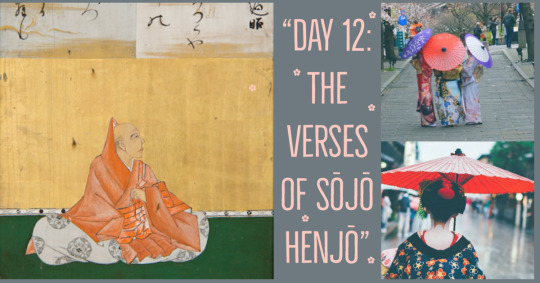
View On WordPress
#Ancient verses#Art of Translation#Bridging cultures#Buddhist monks#Classical Japanese literature#Cross-cultural exchange#Cultural adaptation#Cultural significance#Heian period#Japanese cultural heritage#japanese history#Japanese literary tradition#Japanese philosophy#japanese poetry#Japanese poets#Language and Culture#Language Artistry#Linguistic nuances#Literary craftsmanship#Literary exploration#Literary preservation#Localization theory#Multilingualism#Poetic expressions#Poetry appreciation#Sōjō Henjō#Transcreation#Translating ancient poems#Translation challenge#Translators’ community
2 notes
·
View notes
Note
Feel free to ignore this if it doesn't spark your interest but worth a shot. Can I ask what breed of dog Jesus was in your dog world?
I think dog Jesus predates most of today's dog breeds. Realistically he'd probably be some kind of mutt, probably with vaguely Canaan dog looks. But European depictions of Jesus have always been very localized, and I tend to think that in Medieval, Renaissance and Baroque art he'd usually appear as a Spaniel of sorts, although it varies from piece to piece. Gun dogs more often than not.
#every society adapts their idea of Christ to fit their needs and culture to some degree right#so maybe in France he's represented by a French breed of dog and in Sweden a Swedish breed and so on#because Jesus is typically depicted as noble and handsome they would end up choosing breeds that have prestige and high status#over those that aren't viewed as favorably#so ironically very few rustic shepherd Jesuses#does that sound sensible?#yes I know#but this is in fact a thing I have to consider for world building purposes#can't have dog Catholicism without dog Jesus#answered#anonymous
434 notes
·
View notes
Text
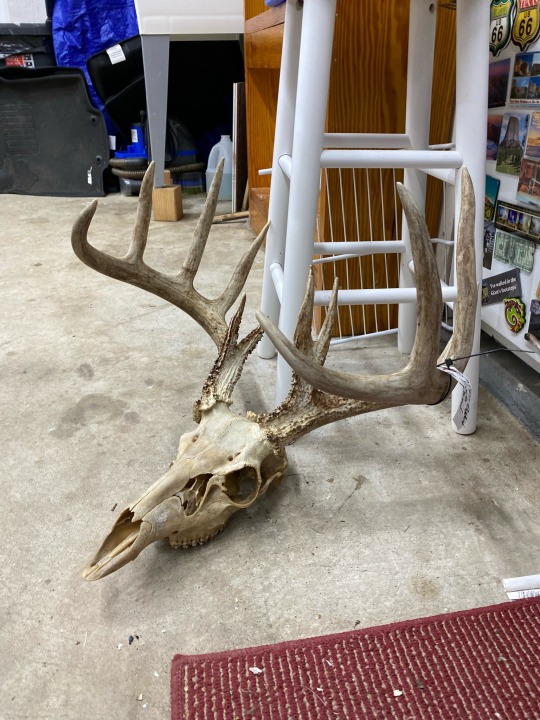
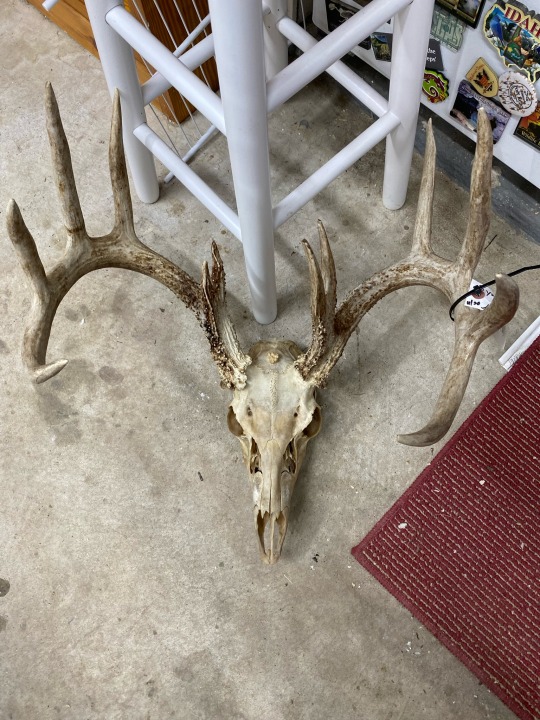

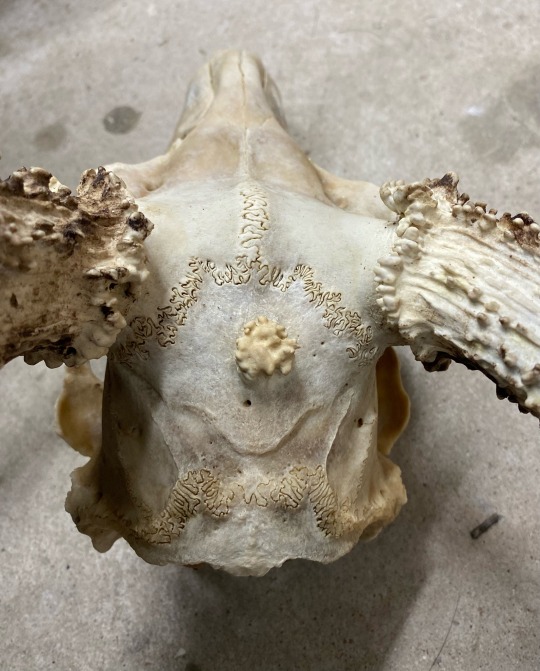
Shoutout to this massive buck that had a third antler growing in
#been getting a lot of freaks in lately and I am a-ok with that#third antlers like this can sometimes happen when cells from the pedacle of an antler get transferred to another spot via injury#this will then cause an antler to grow in that location because antler growth is one hell of an adaptation#now was this from an injury? no idea#genuinely I think it’s just a funky mutation#european mount#whitetail deer#skull#taxidermy#vulture culture#taxidermist#cw dead animal#tw animal death#tw dead animal#cw animal death#oddities
511 notes
·
View notes
Text
#linguistics
https://rhianna.tumblr.com/tagged/linguistics
https://rhianna.tumblr.com/search/linguistics
0 notes
Text
Drowning in Responsibility Turning 30 Time to be an Adult
When you’re a kid the weekend is for toiling the free time you have away. As you age up in the world, you also want to avoid weekends. Menial chores and adult responsibilities consume weekends. Although I’m on my grind to make 2024 a great year, I spent Saturday setting up a parking space for my car.
I made my last post emotional, do emotional men have a place in this world? Growing up I’ve…
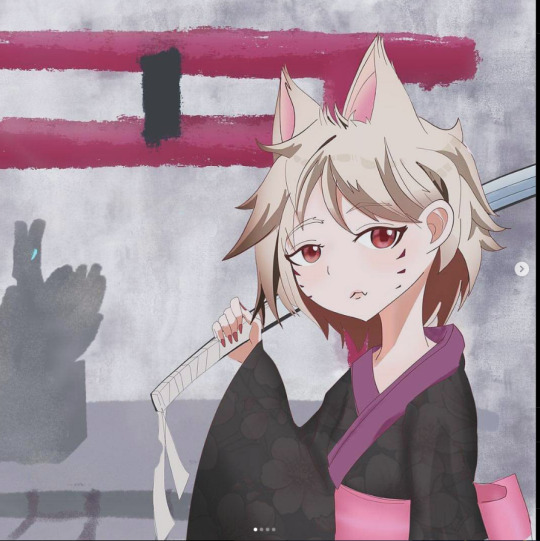
View On WordPress
#Adult Responsibilities#artistic exploration#Blog#budgeting tips#content creation#creative pursuits#creativity and finance#Cultural Adaptation#cultural experiences#digital art#digital hobbies#expat life#financial management#financial wisdom#gaming insights#Japan#japan blog#Japan living#laidback#laidback life#laidback lifestlyle#laidbacklife#laidbacklifestyle#laidbackmarco#life in japan#life lessons#Lifestyle Design#Mindful Living#music creation#my laidback life
0 notes
Photo
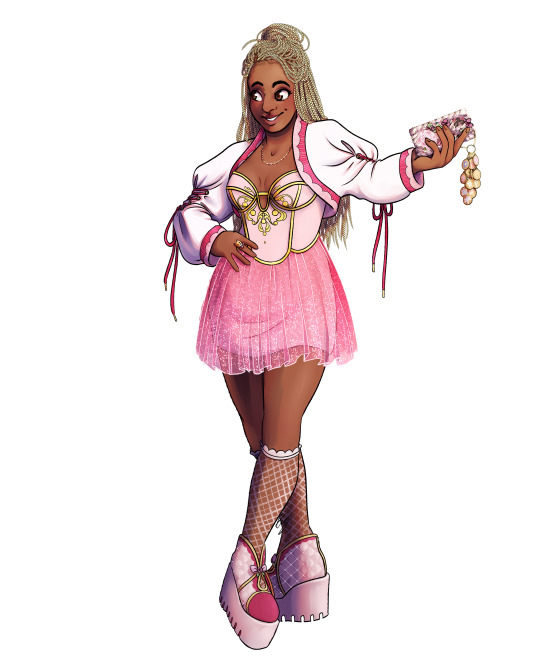
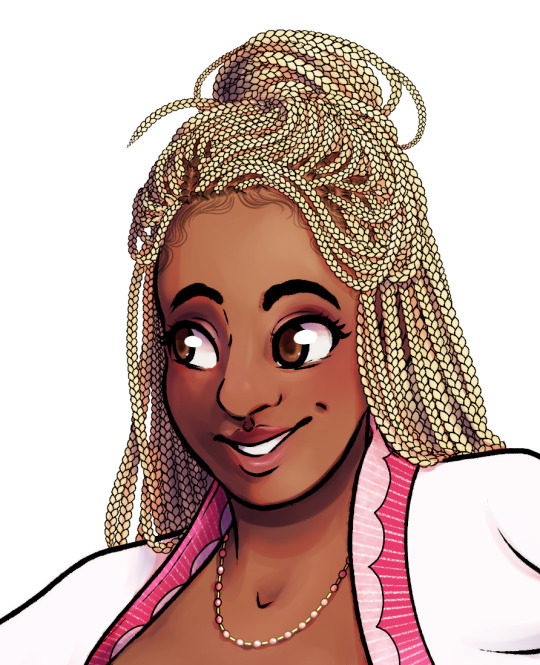
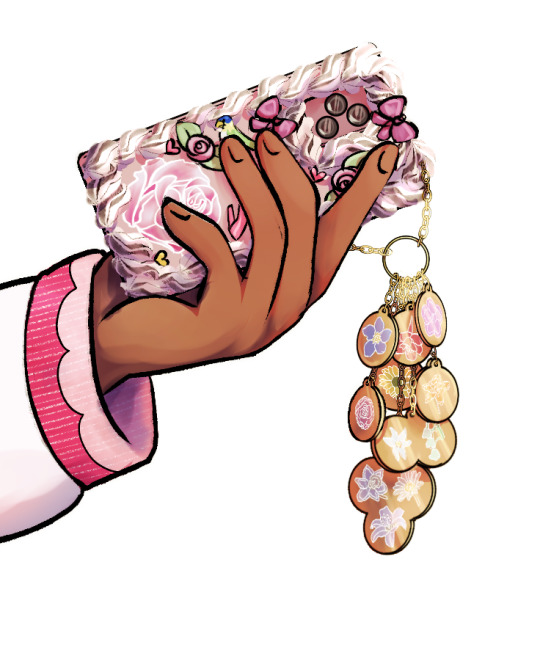
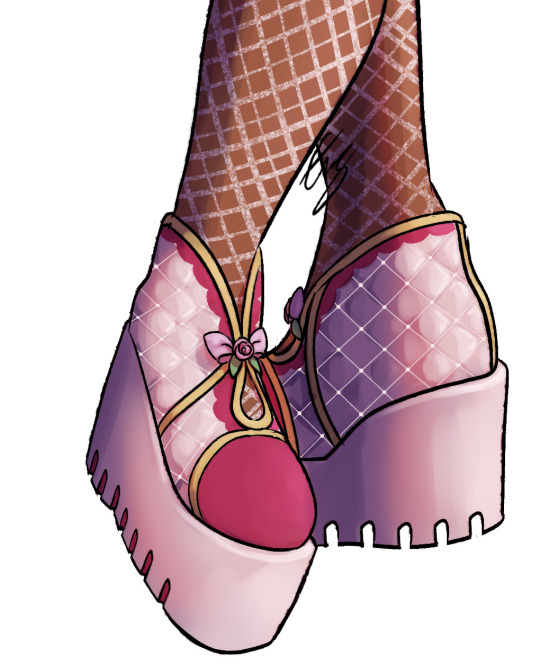

Barbie Girls: Genevieve
shout out to this really cute jewelry edition of the princess’s flowers that inspired the phone charms here!
#barbie#barbie girls#barbie movies#barbie and the 12 dancing princesses#12 dancing princesses#barbie genevieve#fashion#fairy kei#kind of?#idk what subculture this design would really fit into tbh#i usually have a good modern adaptation of the girls' stories but 12dp is difficult lol#also! if this is a hairstyle what wouldn't actually.... work? please let me know!#like braids + edges + bleached? i've seen hair similar to this but idk if it would actually be a thing thats done culturally ya know
750 notes
·
View notes
Text
I have a lot of complicated feelings when it comes to what Neflix has done with the Witcher, but my probably least favourite is the line of argumentation that originated during shitstorms related to the first and second season that I was unlucky to witness.
It boils down to "Netflix's reinterpretation and vision is valid, because the Witcher books are not written to be slavic. The overwhelming Slavic aestetic is CDPR's interpretation, and the setting in the original books is universally European, as there are references to Arthurian mythos and celtic languages"
And I'm not sure where this argument originated and whether it's parroting Sapkowski's own words or a common stance of people who haven't considered the underlying themes of the books series.
Because while it's true that there are a lot of western european influences in the Witcher, it's still Central/Eastern European to the bone, and at its core, the lack of understanding of this topic is what makes the Netflix series inauthentic in my eyes.
The slavicness of the Witcher goes deeper than the aestetics, mannerisms, vodka and sour cucumbers. Deeper than Zoltan wrapping his sword with leopard pelt, like he was a hussar. Deeper than the Redanian queen Hedvig and her white eagle on the red field.
What Witcher is actually about? It's a story about destiny, sure. It's a sword-and-sorcery style, antiheroic deconstruction of a fairy tale, too, and it's a weird mix of many culture's influences.
But it's also a story about mundane evil and mundane good. If You think about most dark, gritty problems the world of Witcher faces, it's xenophobia and discrimination, insularism and superstition. Deep-seated fear of the unknown, the powerlessness of common people in the face of danger, war, poverty and hunger. It's what makes people spit over their left shoulder when they see a witcher, it's what makes them distrust their neighbor, clinging to anything they deem safe and known. It's their misfortune and pent-up anger that make them seek scapegoats and be mindlessly, mundanely cruel to the ones weaker than themselves.
There are of course evil wizards, complicated conspiracies and crowned heads, yes. But much of the destruction and depravity is rooted in everyday mundane cycle of violence and misery. The worst monsters in the series are not those killed with a silver sword, but with steel.
it's hard to explain but it's the same sort of motiveless, mundane evil that still persist in our poorer regions, born out of generations-long poverty and misery. The behaviour of peasants in Witcher, and the distrust towards authority including kings and monarchs didn't come from nowhere.
On the other hand, among those same, desperately poor people, there is always someone who will share their meal with a traveller, who will risk their safety pulling a wounded stranger off the road into safety. Inconditional kindness among inconditional hate. Most of Geralt's friends try to be decent people in the horrible world. This sort of contrasting mentalities in the recently war-ridden world is intimately familiar to Eastern and Cetral Europe.
But it doesn't end here. Nilfgaard is also a uniquely Central/Eastern European threat. It's a combination of the Third Reich in its aestetics and its sense of superiority and the Stalinist USSR with its personality cult, vast territory and huge army, and as such it's instantly recognisable by anybody whose country was unlucky enough to be caught in-between those two forces. Nilfgaard implements total war and looks upon the northerners with contempt, conscripts the conquered people forcibly, denying them the right of their own identity. It may seem familiar and relevant to many opressed people, but it's in its essence the processing of the trauma of the WW2 and subsequent occupation.
My favourite case are the nonhumans, because their treatment is in a sense a reminder of our worst traits and the worst sins in our history - the regional antisemitism and/or xenophobia, violence, local pogroms. But at the very same time, the dilemma of Scoia'Tael, their impossible choice between maintaining their identity, a small semblance of freedom and their survival, them hiding in the forests, even the fact that they are generally deemed bandits, it all touches the very traumatic parts of specifically Polish history, such as January Uprising, Warsaw Uprising, Ghetto Uprising, the underground resistance in WW2 and the subsequent complicated problem of the Cursed Soldiers all at once. They are the 'other' to the general population, but their underlying struggle is also intimately known to us.
The slavic monsters are an aestetic choice, yes, but I think they are also a reflection of our local, private sins. These are our own, insular boogeymen, fears made flesh. They reproduce due to horrors of the war or they are an unprovoked misfortune that descends from nowhere and whose appearance amplifies the local injustices.
I'm not talking about many, many tiny references that exist in the books, these are just the most blatant examples that come to mind. Anyway, the thing is, whether Sapkowski has intended it or not, Witcher is slavic and it's Polish because it contains social commentary. Many aspects of its worldbuilding reflect our traumas and our national sins. It's not exclusively Polish in its influences and philosophical motifs of course, but it's obvious it doesn't exist in a vacuum.
And it seems to me that the inherently Eastern European aspects of Witcher are what was immediately rewritten in the series. It seems to me that the subtler underlying conflicts were reshaped to be centered around servitude, class and gender disparity, and Nilfgaard is more of a fanatic terrorist state than an imposing, totalitarian empire. A lot of complexity seems to be abandoned in lieu of usual high-fantasy wordbuilding. It's especially weird to me because it was completely unnecessary. The Witcher books didn't need to be adjusted to speak about relevant problems - they already did it!
The problem of acceptance and discrimination is a very prevalent theme throughout the story! They are many strong female characters too, and they are well written. Honestly I don't know if I should find it insulting towards their viewers that they thought it won't be understood as it was and has to be somehow reshaped to fit the american perpective, because the current problems are very much discussed in there and Sapkowski is not subtle in showing that genocide and discrimination is evil. Heck, anyone who has read the ending knows how tragic it makes the whole story.
It also seems quite disrespectful, because they've basically taken a well-established piece of our domestic literature and popular culture and decided that the social commentary in it is not relevant. It is as if all it referenced was just not important enough and they decided to use it as an opportunity to talk about the problems they consider important.
And don't get me wrong, I'm not forcing anyone to write about Central European problems and traumas, I'm just confused that they've taken the piece of art already containing such a perspective on the popular and relevant problem and they just... disregarded it, because it wasn't their exact perspective on said problem.
And I think this homogenisation, maybe even from a certain point of view you could say it's worldview sanitisation is a problem, because it's really ironic, isn't it? To talk about inclusivity in a story which among other problems is about being different, and in the same time to get rid of motifs, themes and references because they are foreign? Because if something presents a different perspective it suddenly is less desirable?
There was a lot of talking about the showrunners travelling to Poland to understand the Witcher's slavic spirit and how to convey it. I don't think they really meant it beyond the most superficial, paper-thin facade.
#The witcher#Sorry if its convoluted I just got reminded of something and it made me a little angry#and as I had this conversation a lot of times I've decided to put it into written text#sorry about being bitter#but these are some of my favourite books and I'm still upset when I get reminded how badly they were treated in the recent adaptation#I'm not saying you should never change anything#But it's good to have enough background to understand why some things are the way they are in the original#and to understand what the source material is about#we don't talk about particular character's looks or something (altough I feel they could care more about it too)#but central themes tropes and motifs#long post#it may seem like I'm talking from a high horse here#people are welcome to interpret literature however they want#Nobody has a monopol on themes#I just think that in this particular case the cultural context influences the worldbuilding#and if changed it doesn't have the same impact anymore#meta
153 notes
·
View notes
Note
Intresting how its only trivializing and mocking green myths when non-greek white people do it, but not when non-greek poc do it. Its almost if you dont actually care
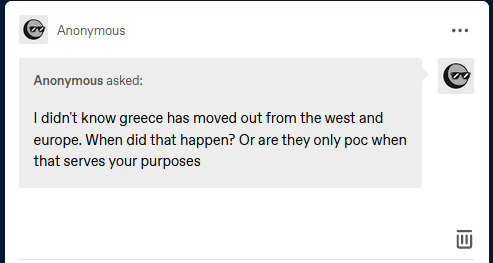
lmao bro what

i literally have zero clue what you're arguing here, "stop criticizing rachel for writing her greek myth retelling from a predominantly whitewashed westernized and christian-washed point view" ?? yeah okay lol
#i can't even tell what direction this strawman is trying to go in LOL#no one cares if you're white my guy#shit there are greek myth retellings that slap and are written by *gasp* non-greek white people!#if you write a story based on a culture that isn't your own just?? do your research ?? and don't write it like you hate it for existing???#some of y'all hurt yourselves in your own confusion as if it's such a chore to give a shit about the stories you're adapting lolol#“I didn't know greece has moved out from the west and europe” babe can you please point to me on a map where you think greece is#ama#ask me anything#anon ama#anon ask me anything
139 notes
·
View notes
Text
Feeney thought about this on the ride home as his horse trotted gently toward the sunset. He wasn't a philosopher and couldn't even spell the word, but the voice of the goblin officer rang in his head. He thought, what would happen if goblins learned everything about humans and did everything the human way because they thought it was better than the goblin way? How long would it be before they were no longer goblins and left behind everything that was goblin, even their pots? The pots were lovely, he'd bought several for his mum. Goblins took pots seriously now, they sparkled, even at night, but what happens next? Will goblins really stop taking an interest in their pots and will humans learn the serious, valuable and difficult and almost magical skill of pot making? Or will goblins become, well, just another kind of human? And which would be better?
And then he thought, maybe a policeman should stop thinking about all this because, after all, there was no crime, nothing was wrong...and yet in a subtle way, there was. Something was being stolen from the world without anybody noticing or caring.
Terry Pratchett, Raising Steam
#feeney upshot#of the chimney the bones#raising steam#discworld#terry pratchett#goblins#humans#the watch#culture#adaptation#assimilation#progress#traditions#change#imperialism#globalism#art#skills#cultural preservation#loss#introspection#philosophy#something stolen from the world#the goblin way#long quote
127 notes
·
View notes